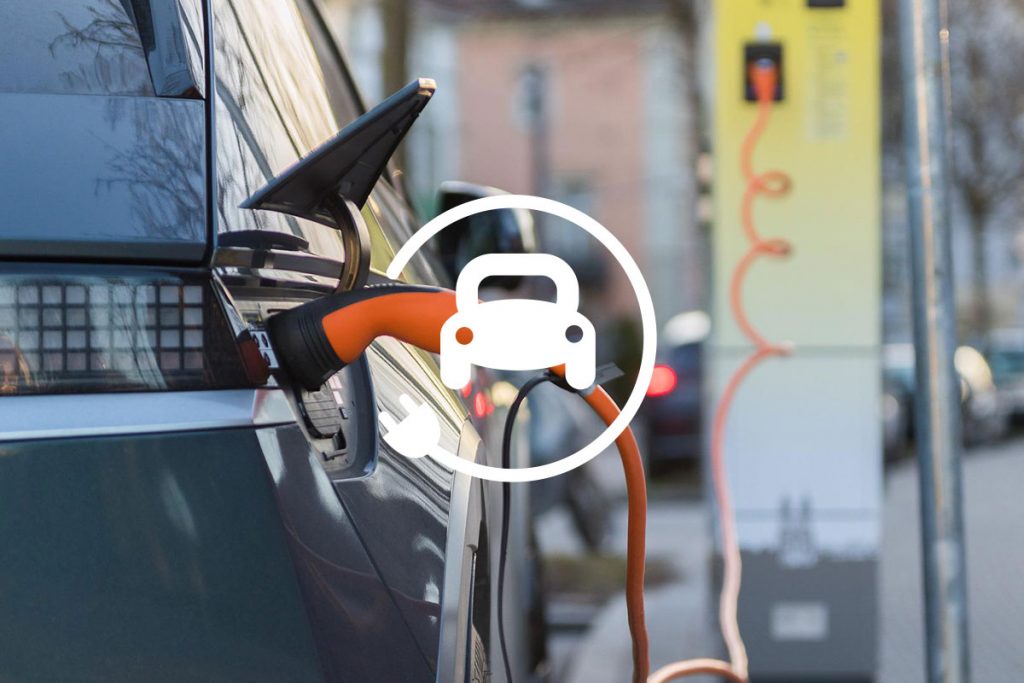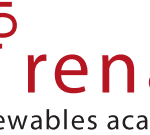This website uses cookies so that we can provide you with the best user experience possible. Cookie information is stored in your browser and performs functions such as recognising you when you return to our website and helping our team to understand which sections of the website you find most interesting and useful.

Energy storage – application and technology
- Power system planning, Storage
The course explains energy storage systems (ESS) and their potential to balance energy supply and demand in networks with more renewable energy. It covers the progress made and the challenges still faced by ESS.
€240 excl. VAT
- 19% VAT: private customers resident in the EU, companies/ public organisations and NGOs in Germany
- No VAT: private customers resident outside the EU, companies/ public organisations and NGOs outside Germany
1 month
About 20 hours
English
Online
01/07/2023
03/07/2023
Description
Description
This course provides insights into the progress and challenges faced by energy storage systems. These systems have the potential of bridging the gap between the supply and demand of energy, especially in networks using a high proportion of renewable generation. Despite significant technical improvements over the last few years, storage markets are still in their infancy, and some energy storage system (ESS) technologies face both economic and technological challenges.
The course presents the most important ESS options, with their advantages and disadvantages. Specifically, the following examples of ESS are described in detail: mechanical storage (e.g. compressed air energy storage (CAES) or pumped hydro plants); electrical storage (e.g. superconductive magnetic energy storage (SMES)); thermal storage (TES); electro-chemical storage (batteries), and chemical storage (e.g. hydrogen).
The course covers:
- Terminology and definitions
- EEES classification according to the system integration method and duration of power supply
- Storage applications in different sectors
- Mechanical energy storage systems
- Electrical energy storage systems
- Electrochemical energy storage systems
- Thermal energy storage systems
- Economics of energy storage systems
Receive a reminder one week before the registration deadline.
Learning Objectives
Learning objectives
After completing this course, you should be able to:
- describe the purpose and future role of energy storage systems (ESS);
- classify storage technologies;
- calculate specific costs and compare different economic aspects of ESS; and
- explain how different energy storage technologies complement each other.
Target Groups
Target groups
This course is suitable for professionals from the energy sector (engineers).
RENAC certificate upon successful completion of the course for participants who score 70% or higher on the exam.
Features
Features
Flexibility to study at any time and from any location
Moderated discussion forum for students
Multimedia learning materials
RENAC certificate upon successful completion of the training
We offer discounts for our alumni, group bookings, and multiple purchases. Contact us for further details.
Contact with learning facilitators
Self-assessments
Certification
Additional Information
Lecturers
Lecturers
There aren't any lecturers in this training.
-
Description
-
Learning Objectives
-
Target Groups
-
Features
-
Lecturers
Description
This course provides insights into the progress and challenges faced by energy storage systems. These systems have the potential of bridging the gap between the supply and demand of energy, especially in networks using a high proportion of renewable generation. Despite significant technical improvements over the last few years, storage markets are still in their infancy, and some energy storage system (ESS) technologies face both economic and technological challenges.
The course presents the most important ESS options, with their advantages and disadvantages. Specifically, the following examples of ESS are described in detail: mechanical storage (e.g. compressed air energy storage (CAES) or pumped hydro plants); electrical storage (e.g. superconductive magnetic energy storage (SMES)); thermal storage (TES); electro-chemical storage (batteries), and chemical storage (e.g. hydrogen).
The course covers:
- Terminology and definitions
- EEES classification according to the system integration method and duration of power supply
- Storage applications in different sectors
- Mechanical energy storage systems
- Electrical energy storage systems
- Electrochemical energy storage systems
- Thermal energy storage systems
- Economics of energy storage systems
Receive a reminder one week before the registration deadline.
Learning objectives
After completing this course, you should be able to:
- describe the purpose and future role of energy storage systems (ESS);
- classify storage technologies;
- calculate specific costs and compare different economic aspects of ESS; and
- explain how different energy storage technologies complement each other.
Target groups
This course is suitable for professionals from the energy sector (engineers).
RENAC certificate upon successful completion of the course for participants who score 70% or higher on the exam.
Features
Flexibility to study at any time and from any location
Moderated discussion forum for students
Multimedia learning materials
RENAC certificate upon successful completion of the training
We offer discounts for our alumni, group bookings, and multiple purchases. Contact us for further details.
Contact with learning facilitators
Self-assessments
Certification
Additional Information
Lecturers
There aren't any lecturers in this training.
Testimonials
Interested in RENAC trainings?

Type of training:
Next Date:
Duration:
Fee:

Type of training:
Next Date:
Duration:
Fee:

Type of training:
Next Date:
Duration:
Fee:

Type of training:
Next Date:
Duration:
Fee:

Type of training:
Next Date:
Duration:
Fee:

Type of training:
Next Date:
Duration:
Fee:

Type of training:
Next Date:
Duration:
Fee:

Type of training:
Next Date:
Duration:
Fee:

Type of training:
Next Date:
Duration:
Fee:

Type of training:
Next Date:
Duration:
Fee:
Type of training:
Next Date:
Fee:

Type of training:
Next Date:
Duration:
Fee:
© 2024 | Renewables Academy (RENAC) AG




